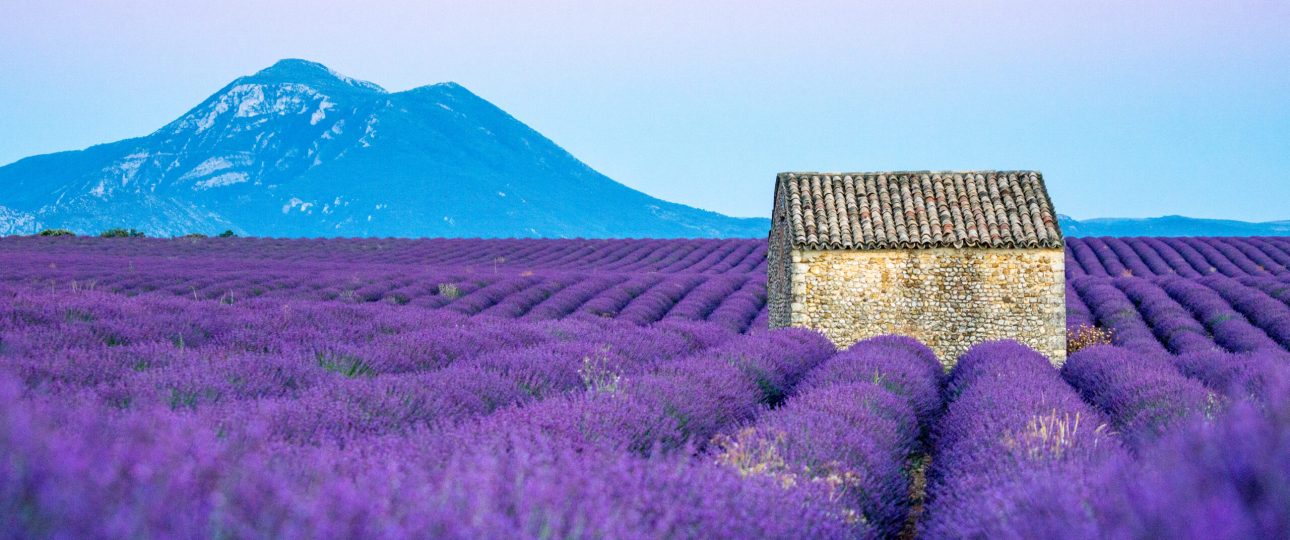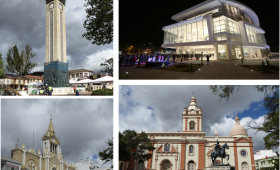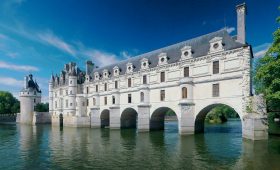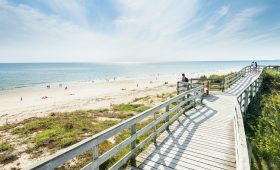Discovering the Plateau de Valensole
The Plateau de Valensole, located in Provence, southeastern France, is renowned for its stunning lavender fields. These fields bloom from late June to mid-July, turning the landscape into a vibrant sea of purple. The plateau is nestled between the Durance and Asse rivers, near the Gorges du Verdon and its lakes, offering a picturesque setting for visitors.
Geography and Climate
Positioned between the Alpes-de-Haute-Provence and the Hautes-Alpes, the Plateau de Valensole enjoys a Mediterranean climate. Summers are hot and dry, creating ideal conditions for lavender cultivation. The village of Valensole, at an altitude of 590 meters, lends its name to the plateau and is known for its geometric rows of lavandin and almond trees, which create a striking landscape.
Lavender and Agriculture
The plateau is famous for its lavender, primarily the fine lavender and lavandin, a more robust hybrid. These are used in essential oils, cosmetics, perfumes, and culinary products. While lavender was traditionally harvested by hand, mechanization is increasingly common. Besides lavender, the region supports cereal crops, olive trees, truffles, and almonds. The almond tree, a staple since antiquity, blooms early in spring and is integral to local confectionery, including calissons and nougat made with high-quality lavender honey.
Tourism and Activities
Photography and Festivals
The lavender fields attract photographers worldwide. In July, villages like Valensole host lavender festivals, celebrating this iconic plant with local products and cultural events.
Hiking and Nature
Numerous hiking trails allow exploration of the fields and surrounding landscapes. The plateau’s diverse ecosystem includes prairies, garrigue, maquis, and forests dominated by Aleppo pine and green oak. This biodiversity supports various plant and animal species, including rare orchids and wildlife.
Culture and History
Lavender cultivation has been part of Provençal heritage for centuries. The region’s traditional stone houses with tiled roofs add to its charm. The plateau’s geological formation, known as the “Valensole complex,” consists of conglomerate layers that influence the area’s vegetation, creating a mix of arid and humid zones.
Scenic Views
From the plateau, visitors can enjoy panoramic views of the pre-Alps, including the Devoluy massif, Mont Denier, Chiran, Moure de Chanier, Lure mountain, Mont Ventoux, and the Sainte Victoire and Sainte Baume massifs.
Best Time to Visit
The ideal time to visit is during the lavender bloom from late June to mid-July. For those seeking fewer crowds, early or late summer offers a quieter experience while still showcasing the plateau’s beauty.
Getting There
- By Air: The nearest major airport is Marseille Provence Airport. From there, rent a car or take a taxi to the plateau.
- By Train: High-speed trains run to Aix-en-Provence TGV station. From there, hire a car or take a local bus.
- By Car: The plateau is accessible via major highways, with ample parking available.
Local Transportation
- Renting a Car: Offers flexibility to explore at your own pace.
- Public Buses: Connect the plateau with nearby towns, though service may be limited.




